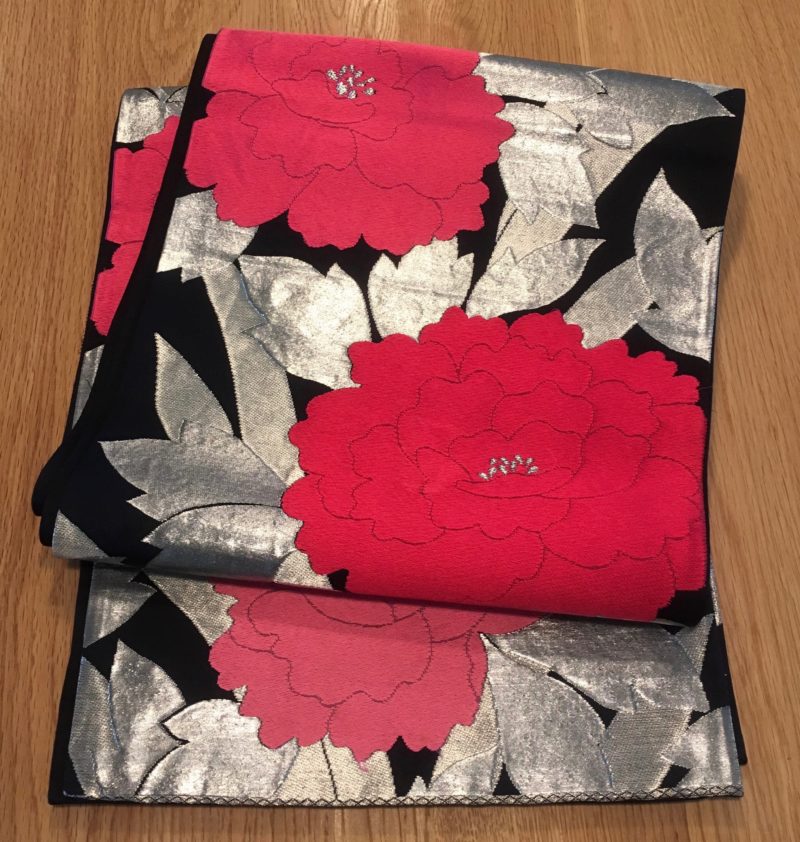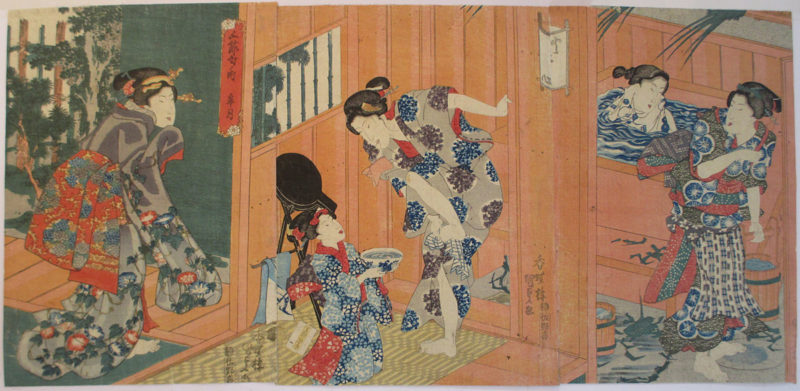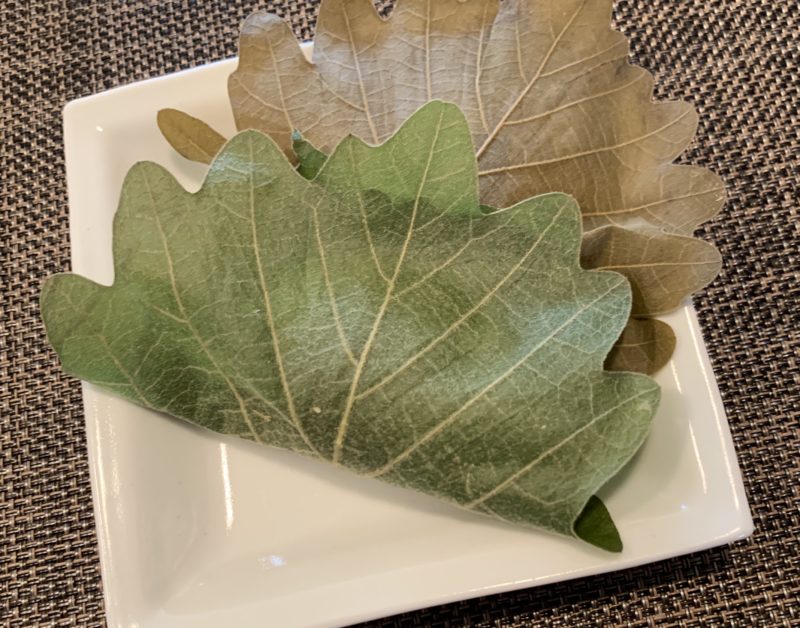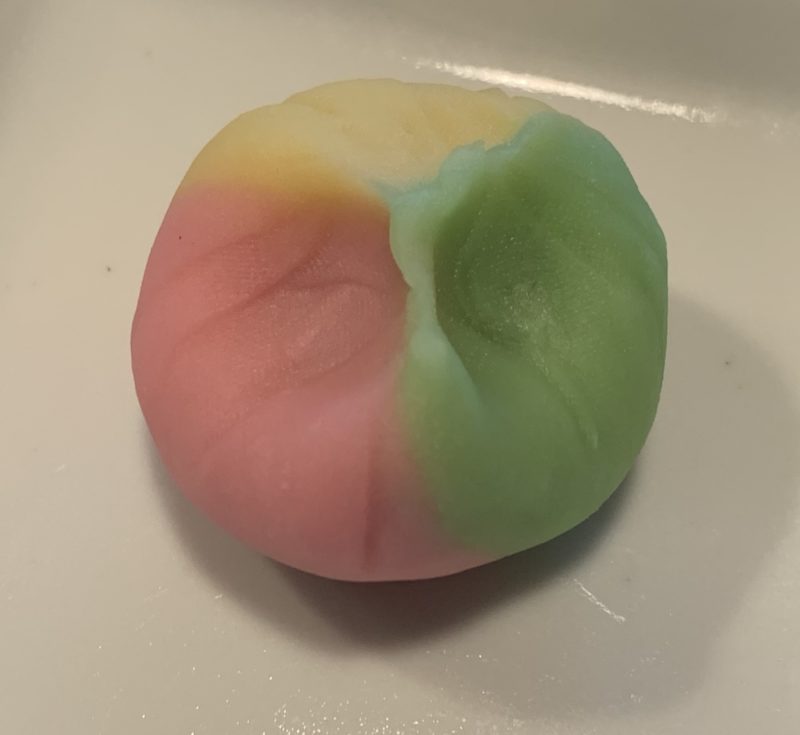Before the 1960s, Japanese streets had various vendors. After that, the only things left were fish vendors, baked potatoes vendors, etc.The street vendors who made me feel early summer was the goldfish vendors. Kunisada Utagawa... Read More | Share it now!
“Peony” The Obi and Japanese patterns
Are Peony flowers the most frequently used motifs for kimono patterns?Peony came from China in the 8th century, but it soon became a flower loved by nobles and a symbol of beauty and fortune.Butterflies are said to be carnations of peony and there are... Read More | Share it now!
“Shobuyu” Kiyokata and the four seasons
There is a bathing called “Shobuyu” for the seasonal event in May.At “Tango no Sekku” on May 5, Japanese were in “Shobuyu” or iris bath for the purpose of avoiding mischief.At that time, it was said that they were... Read More | Share it now!
Kashiwa-mochi(柏餅)The Beauty of wagashi
May 5th is a national holiday in Japan called “Children’s Day”. Originally called “Tango no Sekku”(端午の節句), it was the festival day for boys. On the other hand, March 3rd is the festival day for girls.... Read More | Share it now!
“Haruno” The Beauty of wagashi
The third stage in the history of Japanese sweets is the period of change from the Kamakura period to the Muromachi period (12th -15th century). During this period, Buddhist monks who studied in China spread Zen Buddhism. They popularized not only the... Read More | Share it now!




